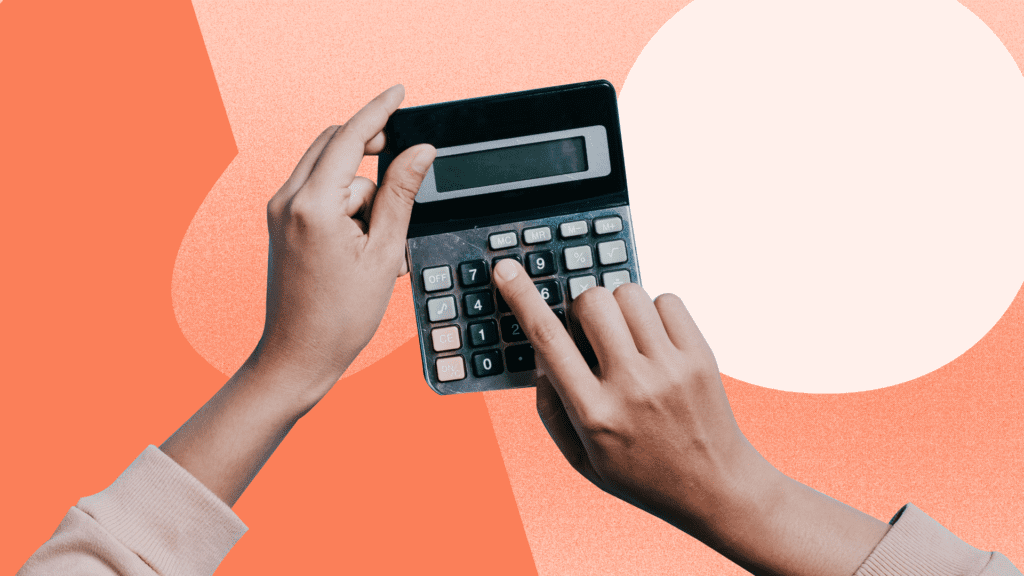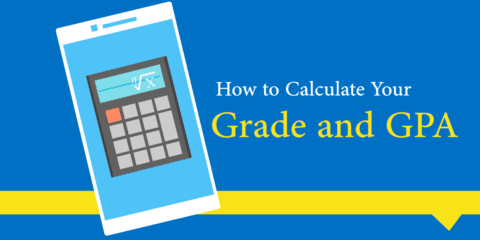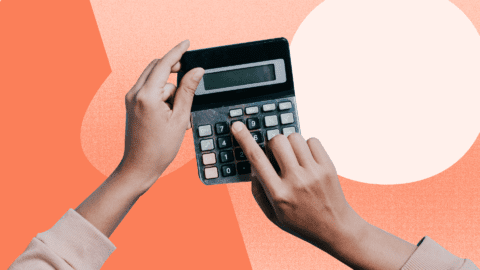401(k) Calculator
Year-by-Year Projection
| Year | Starting Balance ($) | Total Contribution ($) | Growth ($) | Ending Balance ($) |
|---|
Calculation Explanation
- Employee Contributions: Your annual contribution, which may increase each year by a specified percentage.
- Employer Match: A percentage of your employee contribution added by your employer.
- Compound Growth: Both your current balance and each year’s total contributions (employee + employer match) grow at the expected annual return rate, compounded annually.
- Year-by-Year Projection: For each year, the calculator shows the starting balance, contributions made that year, growth earned, and the ending balance.
Note: This calculator provides estimates based on assumed contribution timing and compound growth. Actual results may vary due to market fluctuations and specific employer matching policies.
Retirement might feel light-years away, but with the right tools, you can build a nest egg that lets you retire comfortably—or even early. Enter the 401(k) calculator, a must-have tool for anyone serious about financial freedom. Let’s explore how it works and why it’s your secret weapon for retirement planning.
What is a 401(k)?
A 401(k) is a tax-advantaged retirement savings plan offered by employers. You contribute a portion of your paycheck, often with employer matching, and the money grows tax-free until withdrawal. The magic? Compound growth over decades turns small, consistent contributions into life-changing wealth.
Why Use a 401(k) Calculator?
A 401(k) calculator helps you:
Project future savings based on contributions, returns, and time.
Optimize employer matches (free money you don’t want to miss!).
Adjust variables like contribution rates or retirement age.
Visualize trade-offs (e.g., retiring early vs. working longer).
Key Inputs for a 401(k) Calculator
To get accurate projections, you’ll need:
Current Savings: Your existing 401(k) balance.
Annual Contribution: Your monthly/yearly contributions (including employer match).
Investment Return Rate: Historical average is ~7% (adjusted for inflation).
Years to Retirement: Time is your greatest ally.
Fees: Even small fees (e.g., 1% vs. 0.5%) can erode thousands over time.
How a 401(k) Calculator Works
Enter Your Data: Current balance, contributions, employer match, and timeline.
Adjust Assumptions: Test different return rates or retirement ages.
Analyze Results: See how small changes today impact your future.
Real-World Scenario:
Age 30: Contributing $500/month + 5% employer match.
Retirement at 65: Balance ≈ $1.2 million (assuming 7% returns).
Retirement at 60: Balance ≈ $850,000 (highlighting the power of 5 extra years).
Why Employer Matching is a Game-Changer
Most employers match contributions up to a percentage of your salary (e.g., 50% of your first 6%). This is free money that turbocharges growth.
Example:
Salary: $60,000
You contribute 6% ($3,600/year).
Employer matches 50% ($1,800/year).
Total annual contribution: 5,400→over30years,thisadds∗∗5,400→over30years,thisadds∗∗450,000+** to your nest egg!
Tips to Maximize Your 401(k)
Maximize Employer Match: Never leave free money on the table.
Increase Contributions Annually: Aim for 15% of income (including match).
Choose Low-Fee Investments: Index funds often outperform high-fee mutual funds.
Avoid Early Withdrawals: Penalties and lost growth hurt long-term goals.
Consider Roth 401(k): Pay taxes now for tax-free withdrawals later (ideal if you expect higher taxes in retirement).
Common Mistakes to Avoid
Underestimating Fees: A 2% fee vs. 0.5% could cost you $400,000+ over 40 years.
Being Too Conservative: Young investors can afford more risk (equities > bonds).
Ignoring Inflation: Use real (inflation-adjusted) returns for accurate projections.
Try It Yourself: Free 401(k) Calculators
Popular tools like:
NerdWallet’s 401(k) Calculator
Bankrate Retirement Calculator
Personal Capital’s Retirement Planner
Plug in your numbers and watch your retirement savings come to life!
Conclusion
A 401(k) calculator isn’t just a number-cruncher—it’s a crystal ball for your financial future. By understanding how contributions, time, and compounding interact, you can make informed decisions that turn retirement dreams into reality.
🌟 Start today. Your future self will celebrate the day you did.



